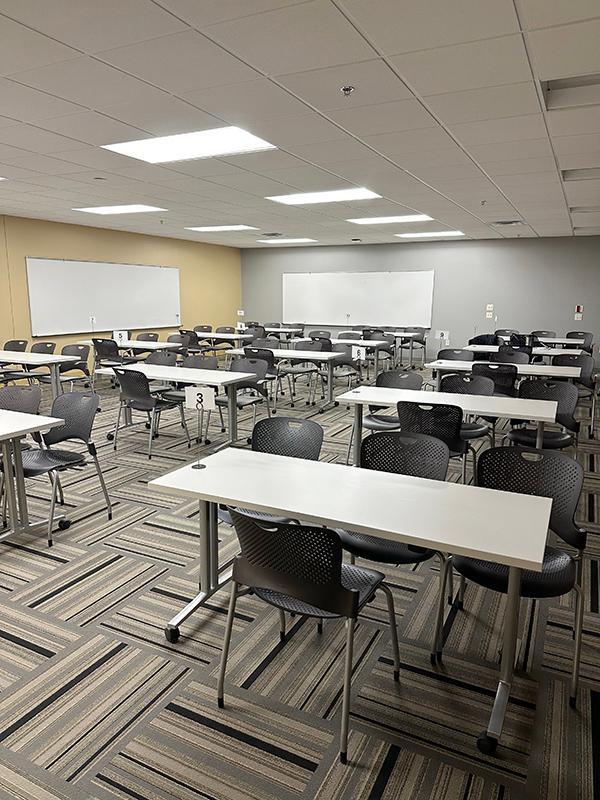Understanding the Vital Role of Classrooms in Education

Introduction
The classroom has been a fundamental aspect of education for centuries, serving as a nurturing environment where knowledge is imparted. As educational paradigms shift towards more inclusive, technology-driven, and learner-centric approaches, the concept of the classroom is evolving. Understanding its importance is crucial for educators, parents, and policymakers alike, as it directly influences student engagement, achievement, and overall educational outcomes.
Current Trends in Classroom Design
Recent years have seen a significant transformation in classroom design and functionality. Traditional classrooms, with rows of desks facing a blackboard, are gradually giving way to more flexible learning spaces. These contemporary classrooms are equipped with modular furniture that can be rearranged to encourage collaboration and engagement among students. Studies indicate that such environments can lead to enhanced creativity and improved teamwork skills, crucial for the jobs of the future.
The Role of Technology
Technology integration is another pivotal aspect of modern classrooms. The rise of digital tools like interactive whiteboards, tablets, and online learning platforms has made education more dynamic. Educators are now able to utilise a mix of instructional methods, including blended learning, which combine traditional teaching with online resources. This accessibility facilitates personalised learning experiences tailored to individual student needs, significantly enhancing the learning experience.
Challenges Facing Classrooms Today
Despite these advancements, classrooms face several challenges. Not all students have equal access to technology, creating disparities in learning outcomes. Additionally, teachers often face pressure to deliver curriculum standards while managing diverse learning styles within their classrooms. Such challenges necessitate ongoing professional development for educators, allowing them to adapt to changing classroom dynamics effectively.
Conclusion
In conclusion, the classroom remains a cornerstone of education, adapting continually to meet the needs of modern learners. As we move towards a more technology-infused, student-centred approach to education, the importance of effective classroom design and teaching strategies cannot be overstated. By investing in classroom environments that promote collaboration and leveraging technology for diverse learning needs, we can enhance educational outcomes and prepare students for the future. The evolving nature of classrooms highlights the ongoing need for research, policy development, and teacher support to ensure that every learning space fosters an inclusive and effective educational experience.
